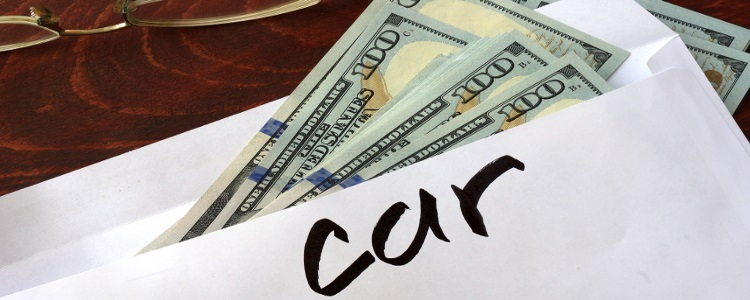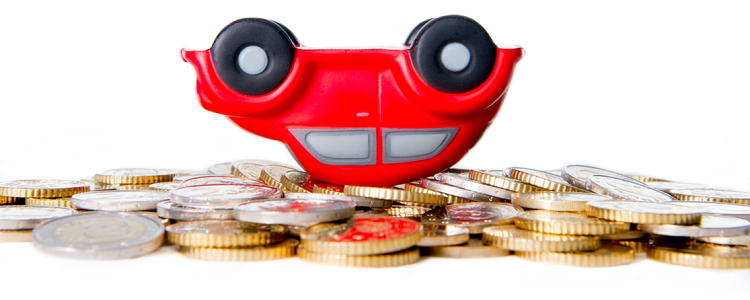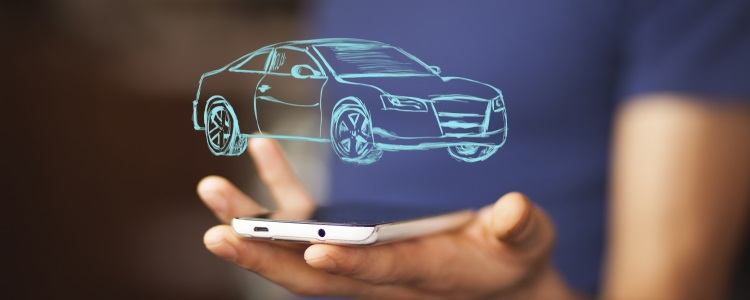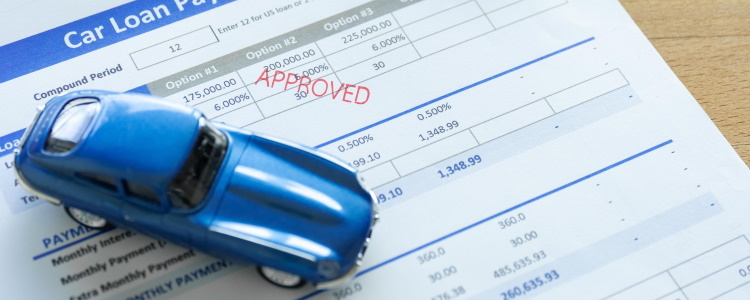Did you know that with credit problems, you're required to have a down payment when you finance a car? It's true. While you can't get around this qualification, it's possible to save some cash by using a trade-in to cover all or part of your down payment.
Down Payment Requirements with Problem Credit
 People often inquire about zero down auto loans, or only placing a small $500 down payment on a vehicle, but these deals are hard to come by if you have poor credit. When you have bad credit, you likely need a special finance dealership with a subprime lender, because not all lenders work with problem credit. Those that do require their borrowers to meet certain qualifications in order to offset the risk associated with poor credit. One of these requirements is a down payment, which means “no money down” deals won’t apply.
People often inquire about zero down auto loans, or only placing a small $500 down payment on a vehicle, but these deals are hard to come by if you have poor credit. When you have bad credit, you likely need a special finance dealership with a subprime lender, because not all lenders work with problem credit. Those that do require their borrowers to meet certain qualifications in order to offset the risk associated with poor credit. One of these requirements is a down payment, which means “no money down” deals won’t apply.
Though the amount varies by lender, the typical down payment requirement is at least $1,000 or 10 percent of a vehicle’s selling price, whichever is less. A thousand dollars may seem like an awful lot to save up, but the benefits of making a down payment far outweigh the disadvantages.
In fact, there really aren’t any disadvantages to having a down payment when you finance a car. If you aren’t prepared to make one, it just means you may have to wait until you save enough money for a down payment to purchase a vehicle.
The benefits of making a down payment, however, are many. A down payment shows a lender that you're willing to invest your own money in a car. It also lowers the amount you have to borrow. This means the more money you use as a down payment, the more you benefit in the long run because borrowing less leads to lower interest charges over the term of your loan.
That being said, you should also know that lenders associate a larger down payment with a borrower's ability to successfully complete an auto loan. So, all else being equal, the larger the down payment, the more likely it is that you're going to be approved for financing.
Using a Trade-in Toward Your Down Payment
The good news is that your down payment doesn't have to be just cash. You have three options when it comes to making a down payment – cash, trade-in equity, or a combination of both. If you're using a trade-in as a down payment, it has to have equity. This means the vehicle is worth more than the loan balance. If the car is paid off, the total appraised value is equity.
For example: If you owe $4,000 on your loan, and your car is appraised at $6,000, you have $2,000 of equity that you can use as a down payment ($4,000 goes to your current lender to pay off the loan). But, if you owe $6,000 on your loan and your vehicle is only appraised at $4,000, you have negative equity. Also known as being underwater, this means you still owe $2,000 on your original loan, and you have to come up with a total down payment in cash for a new loan, plus pay off your existing loan.
It's also good to know that you can shop around for the best deal when you're trading in a car. When you get your vehicle appraised, you should take it to at least three dealers, making sure that one is a franchised dealership for your current car.
Finding a Dealer with the Right Kind of Lenders
Now that you know you need a down payment when you're working with a subprime lender, you can begin preparing for your next auto loan. But just where do you find one of these lenders? Since dealers don't always shout from the rooftops that they can help people with credit problems, it can be difficult to know where to turn. Auto Credit Express can help with that.
We work with a nationwide network of special finance dealerships that have the lending resources available to help people who struggle with bad credit. Whether you've been through bankruptcy, repossession, or are going through a bankruptcy now, we want to help you get connected with a local dealer to help. Simply fill out our no-obligation and free auto loan request form today to get started.
















